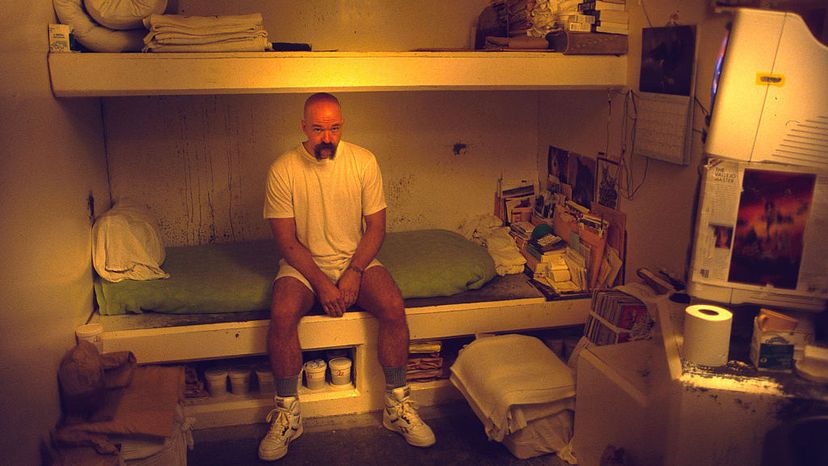
For nearly 45 years, Albert Woodfox lived alone. From 1972 to 2016, he was confined to a cramped jail cell in the Louisiana State Penitentiary (the maximum security prison also known as Angola), with virtually no contact with other human beings. Woodfox was held in solitary confinement for more than four decades — likely longer than any other prisoner in American history — locked up for 23 hours a day, with one hour for exercise and showering, also taken alone. He ended up in solitary because he and another inmate allegedly killed a prison guard; yet no forensic evidence linked either man to the crime scene, and the duo's main accuser fingered them only after he himself was threatened with solitary confinement [source: Cole].
Woodfox was eventually released from prison in 2016, after two mistrials, still declaring he was innocent. And experts are calling his decades in solitary confinement akin to torture. Those so incarcerated often suffer from deteriorating mental health, and find it difficult to re-engage with people once they're released. Some physically harm themselves, even committing suicide [source: The Guardian].
Advertisement
Solitary confinement, also known as "segregation," "restrictive housing," "lockdown" and "isolation," entails keeping a person locked up for 22 to 24 hours a day without human contact. Prisoners are typically placed in tiny cells measuring around 80 square feet (7.4 square meters), which is smaller than a horse stable. The cells generally contain a bed, sink and toilet, with meals delivered through a slot in the door. Overhead light may be kept on in the cell at all times. Inmates are released from their cells for an hour each day to exercise, although they're often transferred to a cage or walled area to do so and may be kept restrained.
Sometimes prisoners shower in their cells; other times they're escorted to and from the shower, typically in shackles. It's not uncommon for prisoners to be prohibited access to almost anything entertaining or diversionary: no books, art supplies, televisions or radios. [sources: Breslow, The Guardian].
Perhaps most egregious, people around the globe are often shoved into solitary confinement for reasons that have nothing to do with bad behavior. Many are put in such quarters during pre-trial investigations. Others are housed there because regular cells are full. Kids, minorities or those who are gay or transgender may be placed in solitary confinement for protection from other inmates, even if they prefer to be in a traditional cell. Some are sent there for minor prison infractions, such as swearing or ignoring orders. The mentally ill are also often locked in isolation [sources: Penal Reform, The Guardian].
Compared to other developed nations, the U.S. has a very high number of prisoners in solitary confinement — as many as 100,000. The decision to put an inmate in such quarters is typically done administratively. That is, the courts aren't involved; prison officials call all the shots with essentially no outside oversight. And prisoners generally aren't allowed to seek legal assistance to avoid going there or to get out [sources: Manson, The Guardian, Solitary Watch].
Advertisement


